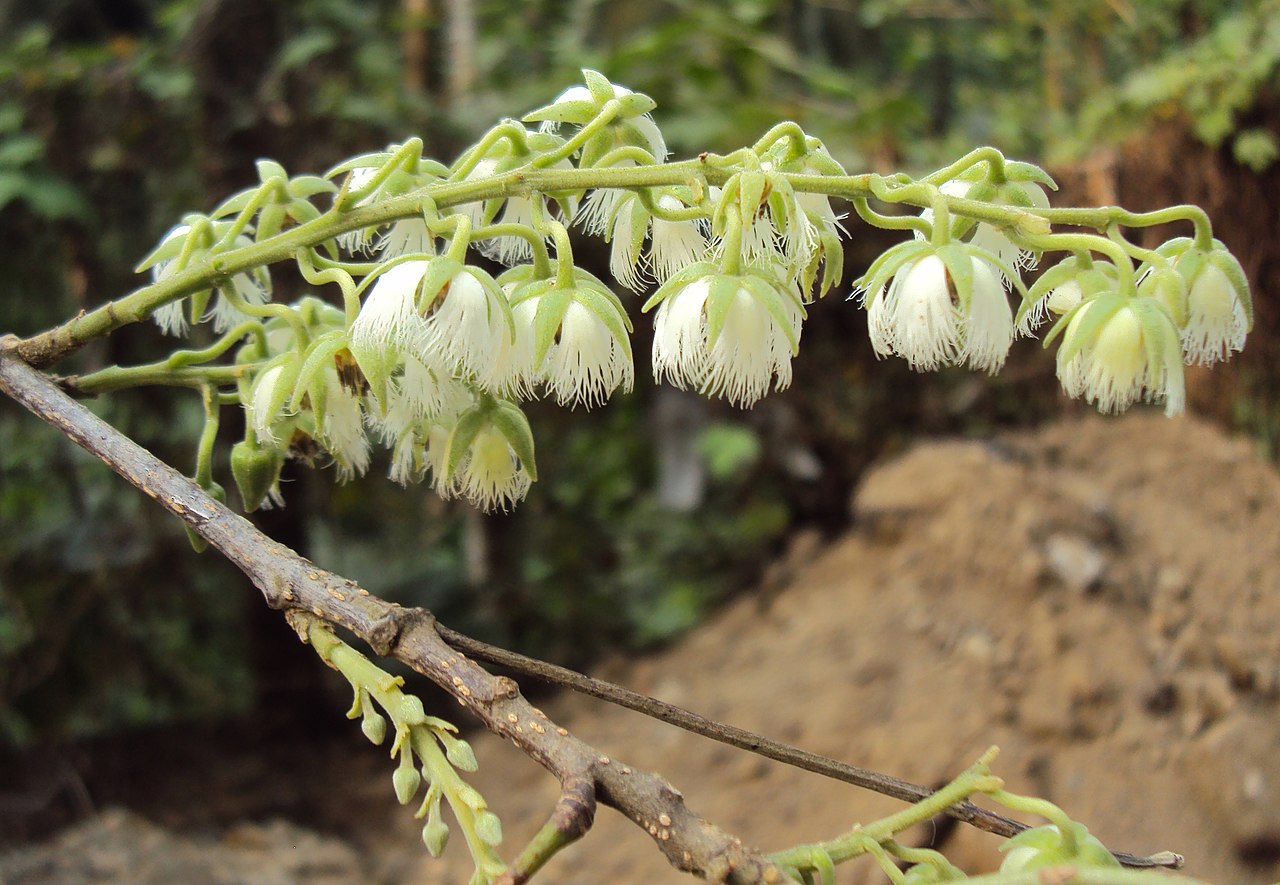What do maples, lychees, and soapnuts have in common?
As the maple leaves turn from green to red and orange this fall, you may be surprised to learn not just a few things about this ubiquitous Wisconsin tree but also its far-off relatives on the other side of the world. Who would have thought that the lychee was a relative of the maple? Or that there are plants that are “soapy”?
The soapberry family (Sapindaceae) is one of the most intriguing families of plants I have yet found. There are nearly 2,000 species ranging from lychee and other tropical fruits (longan, rambutan, ackee), maples, soapberries, guarana, and horse chestnut. The family is closely related to the citrus family (Rutaceae) and in some of the pictures below you may see the resemblance to the green, glossy, thick leaves of citrus.

Tasty Fragrant Fruits
This family has several edible fruits, some that are only just beginning to hit American grocery stores like lychee and rambutan.

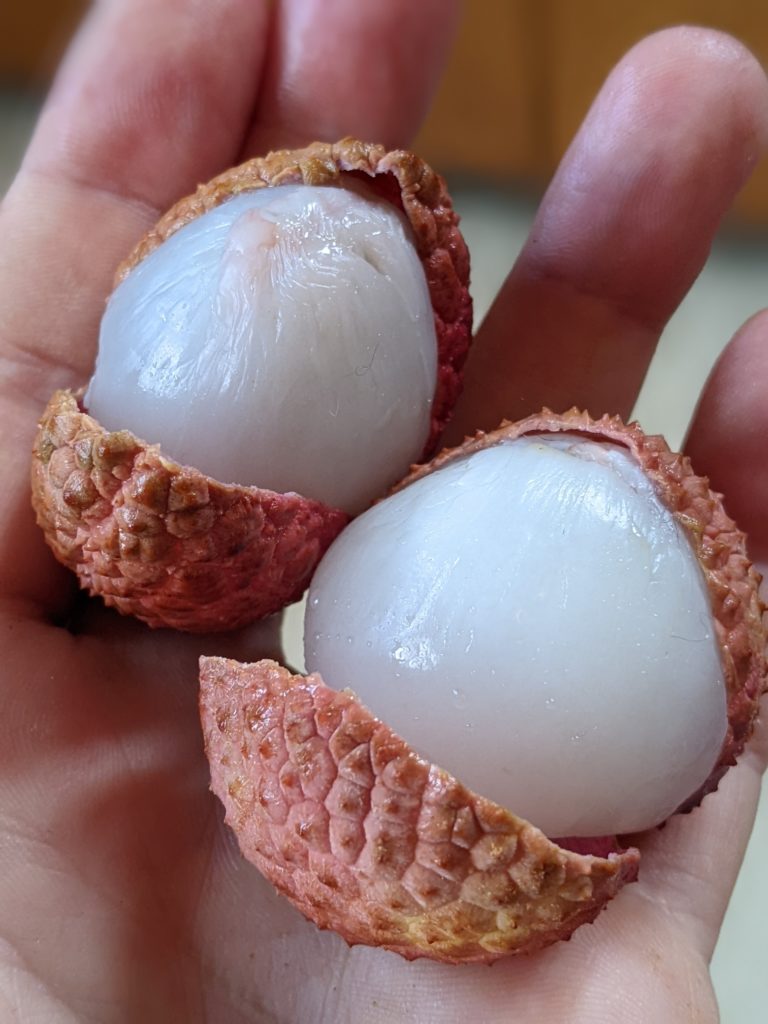
The lychee is a tropical fruit common in Asian markets and growing in popularity elsewhere. Lychee cultivation dates back to the 11th century; during the Han dynasty they were a popular gift item with a special horse courier service to deliver them.
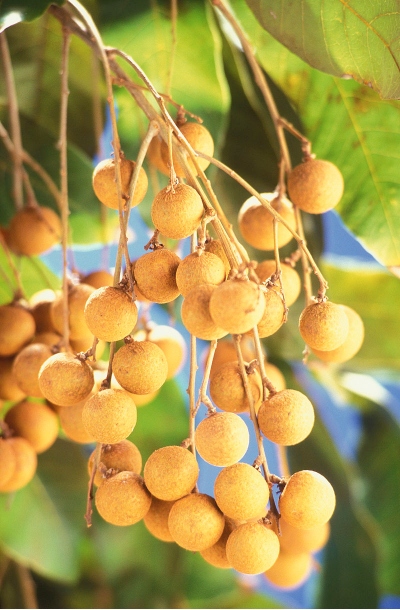
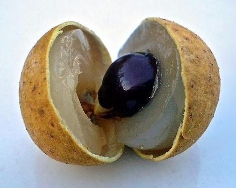
The longan (Dimocarpus longan) is another commercial Asian fruit with a similar taste to lychee. Although it has been cultivated for nearly 2,000 years, it’s relatively new to the rest of the world.
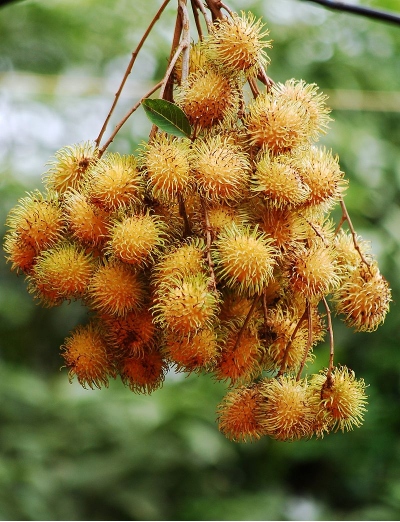
Where you find lychee, you often find rambutan. The spiky red shells, which are hairy to help with transpiration, cover a translucent white flesh inside like the lychee.. The fresh fruits have a short shelf life and attempts to cultivate them in the U.S. have failed.
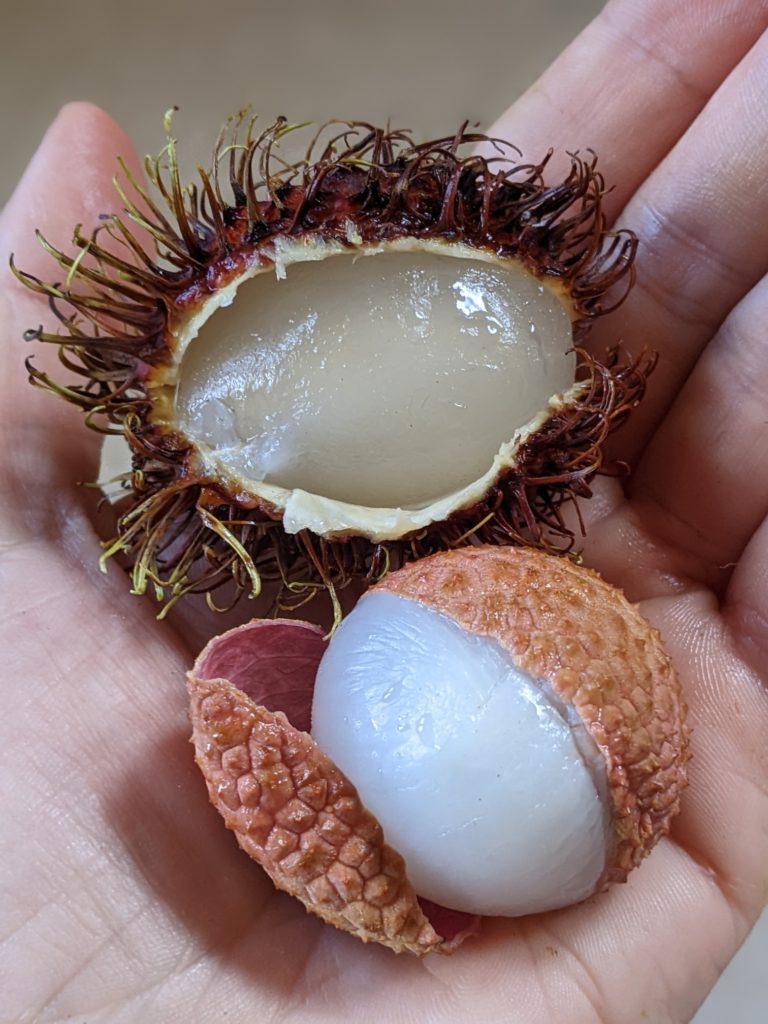


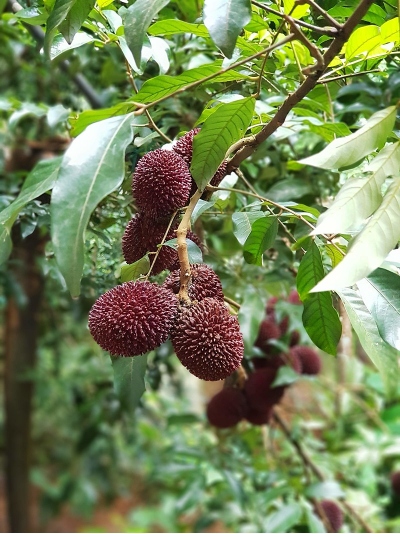
The ackee or akee apple (Blighia sapida) is a delicacy throughout the Caribbean, with ackee and saltfish being Jamaica’s national dish. It has a nutty flavor; almost 50 cultivars are grouped into “butter” or “cheese” types based on color and shelf life. The arils must be properly prepared and cooked; they are parboiled, fried in butter, cooked in stews and curries or with fish and vegetables, and so on. However, the unripe aril and remaining parts of the fruit contain poisons known as “soapberry toxins.” Enough people succumb to eating unripe arils that there is such a thing as Jamaican vomiting sickness, otherwise known as ackee sickness.
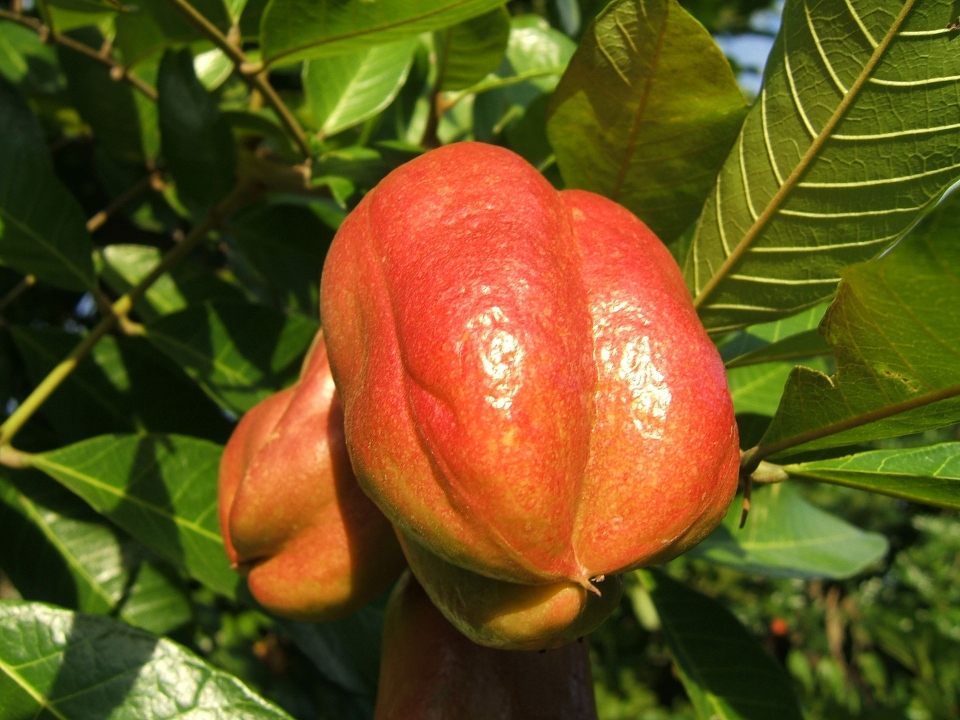
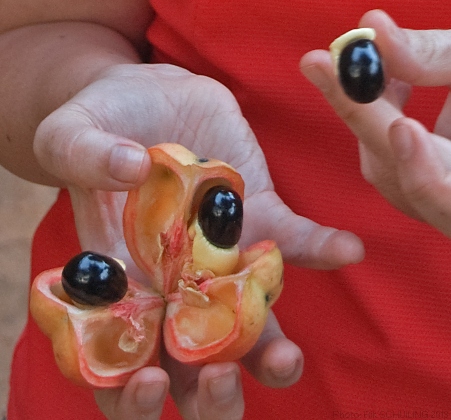
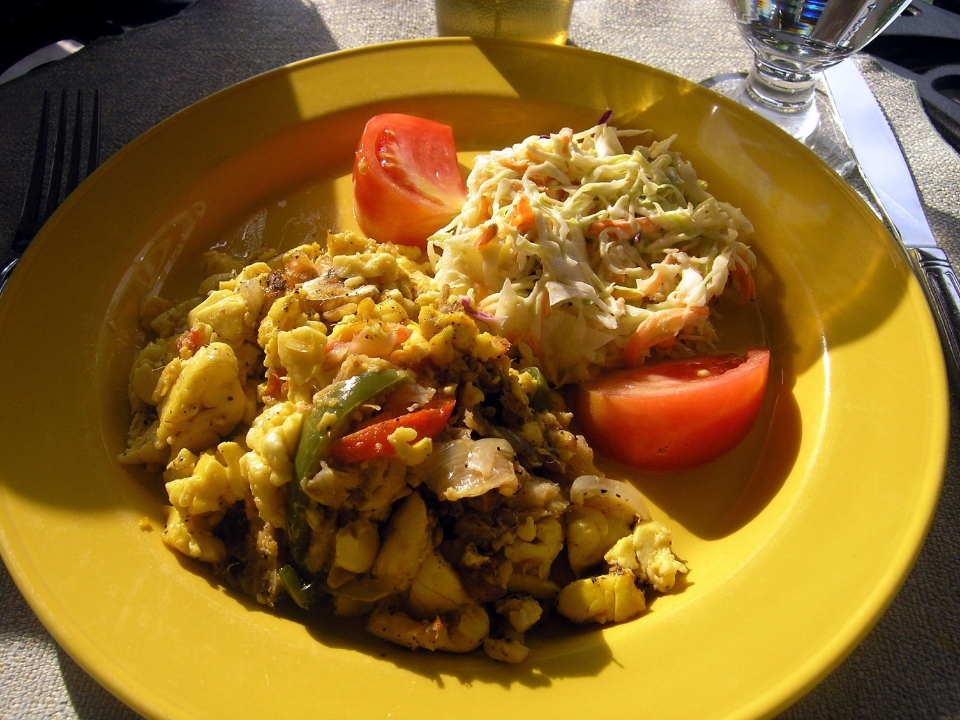

Guarana and Fish Poison
In addition to fruits, other edible uses of plants in this family include guarana, a coffee-like stimulant, and fish poison to help catch fish.
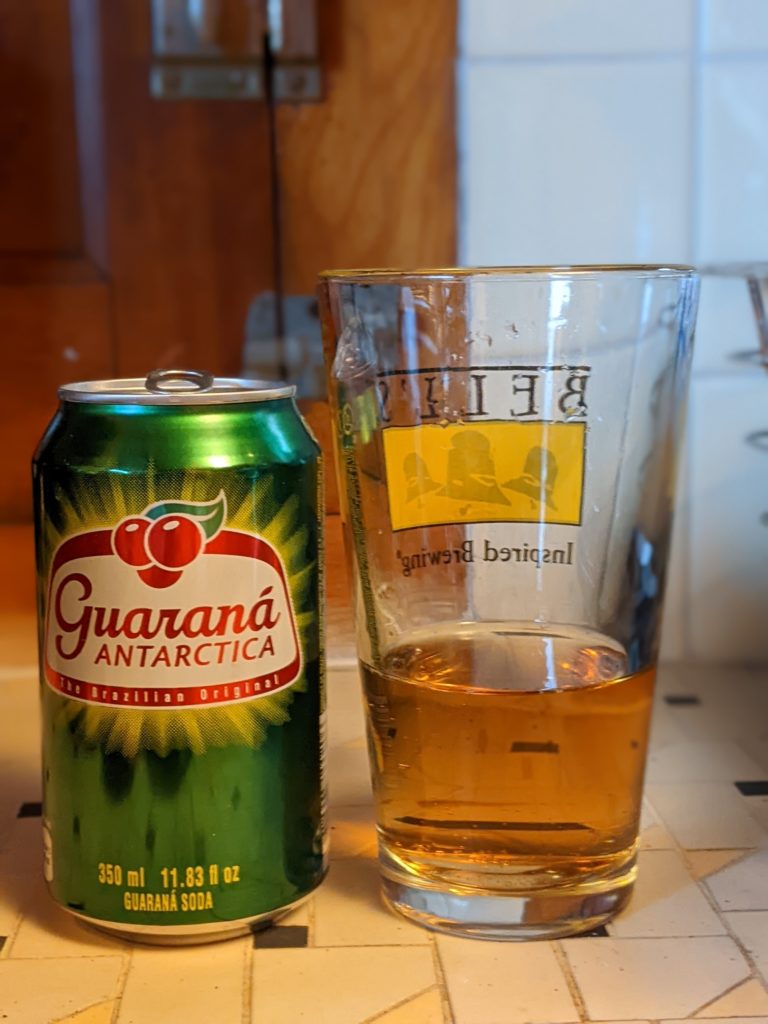
Guaraná (P. cupana) is especially common in Brazil. Its concentration of caffeine is twice as high as in coffee. It is used in energy drinks, herbal teas, and as an herbal supplement. Several Brazilian sodas incorporate guarana. The word is Portuguese though it originates from native Guaraní, roughly translated as “fruit like eyes of the people” or “eyes of the gods” because the split fruit looks like an eyeball.

Another use of many species in this family that indirectly leads to food is as fish poison. For example, the saponin in the bark of guioa or wild quince was used by indigenous Australians as fish poison, and foambark is so called because the saponins in the bark foam after it rains, which indigenous Australians used as soap as well as fish poison.
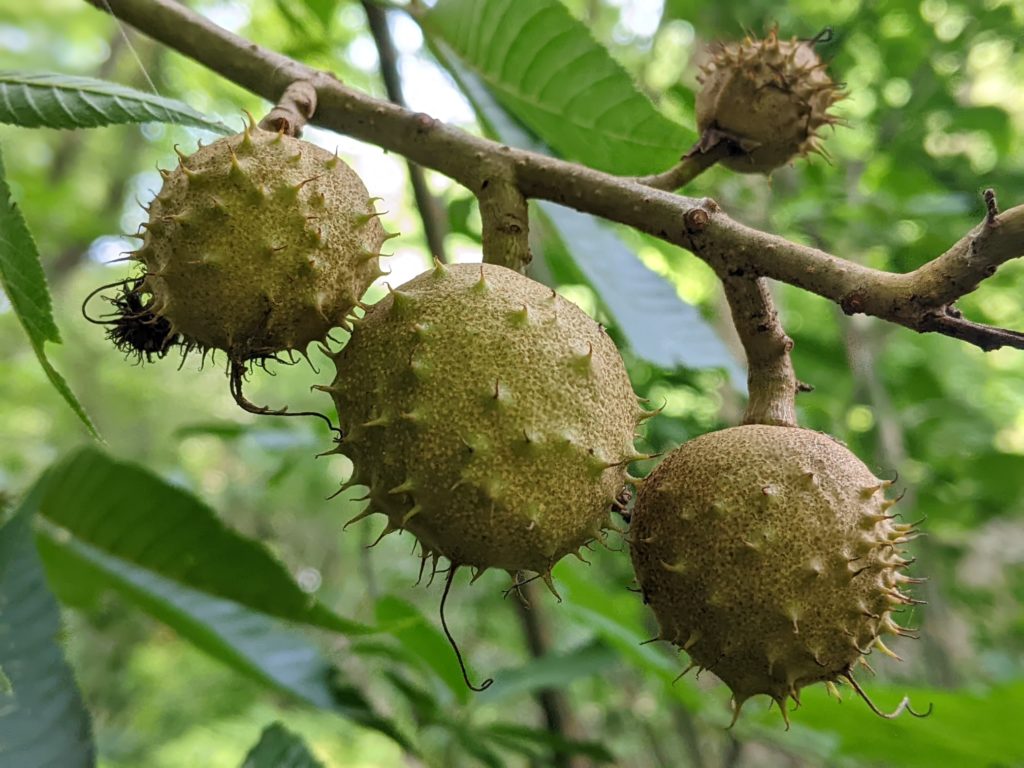
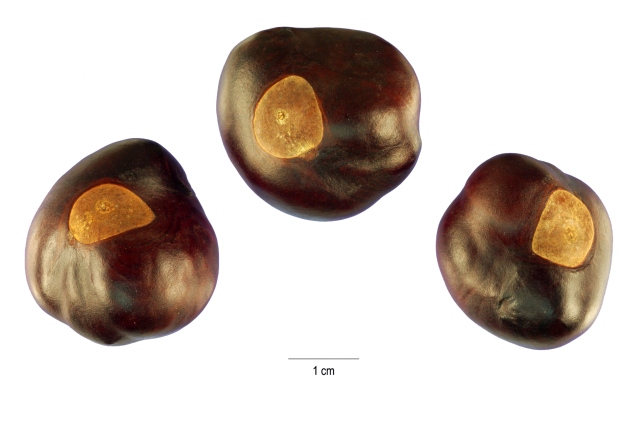
The California buckeye (Aesculus californica) was used by native Americans to stun fish; the plant could also be eaten after boiling and leaching of the saponin toxins after which the seeds could be ground into flour similar to acorn meal. They did this also with Ohio buckeye (Aesculus glabra, shown above). If not leached out, buckeyes readily supply saponins that produce a lather when the seeds are crushed and mixed with water.
Soaps and Beads
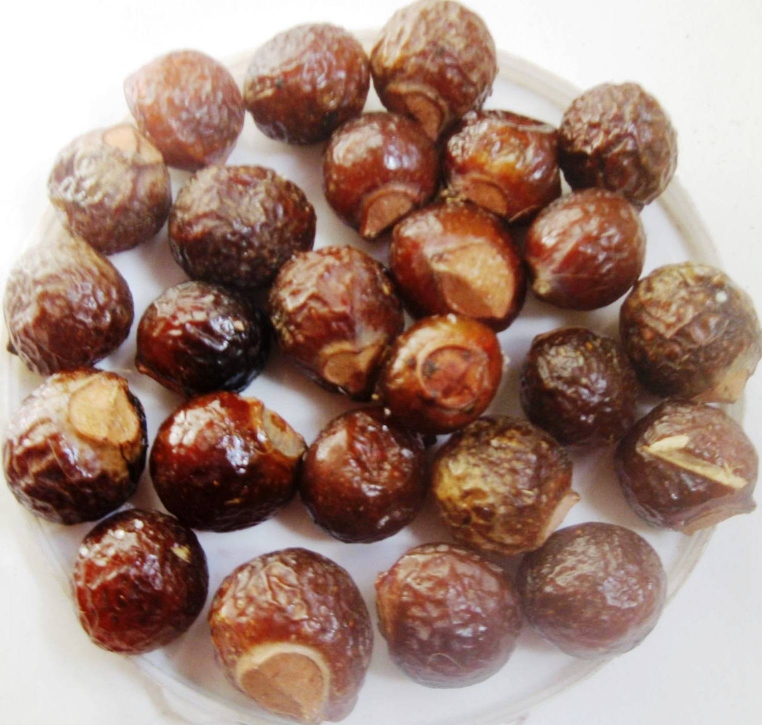
One of the most intriguing aspects of this family is that many of its species contain saponins and are used as soaps for washing, especially the soapberries and soapnuts of the Sapindus genus. Soapnuts are an actual product you can buy as a an eco-friendly (and sensitive skin safe) laundry detergent alternative. Unlike commercial detergents, they do not fade colors.

Some of these “berries” are strung as decorative beads too. The seeds of the Oahu soapberry are strung in leis. The rerak species is also used for its seeds and fruits in the form of buttons and beads. Wingleaf soapberry seeds are made into buttons and necklaces.
Maples
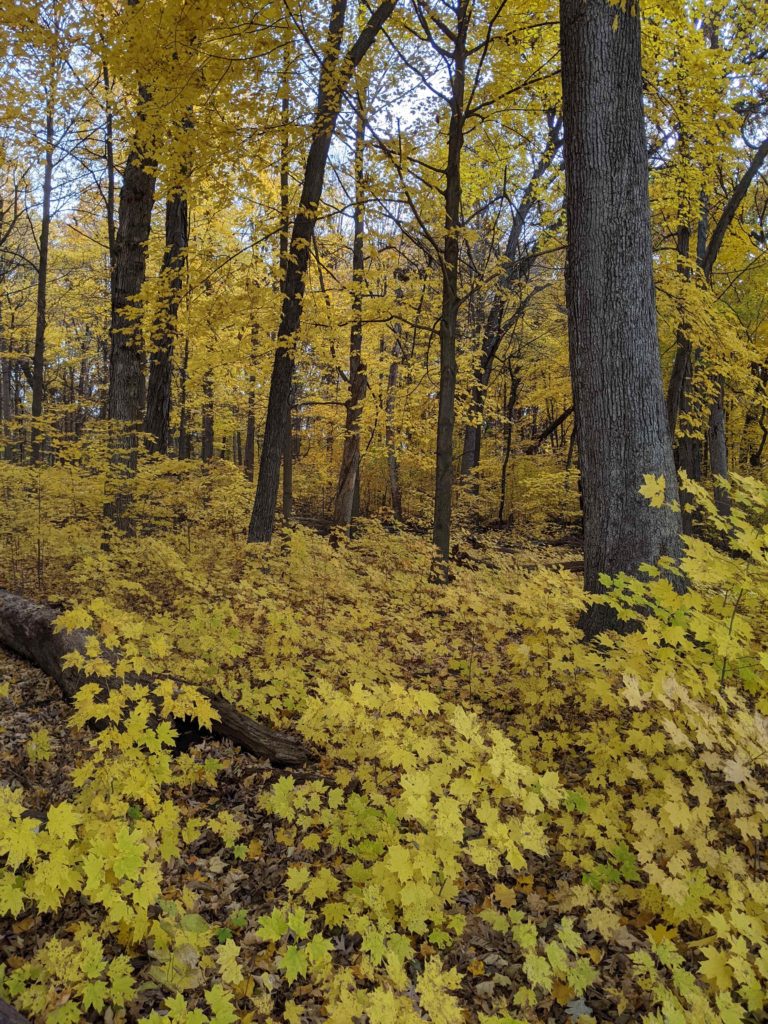
Personally, I never would have guessed that maples were a part of this family and part of me is still suspicious. Apparently they are sometimes classified in their own family, Aceraceae. Plant taxonomy is always an evolving field as plant research techniques become more refined.

They typically have recognizable winged fruits which are called samaras and helicopters. The seeds are enclosed in nutlets attached to each of the papery wings. The samara spins as it falls so that the seed can be carried a distance; each tree can produce hundreds of thousands of seeds.
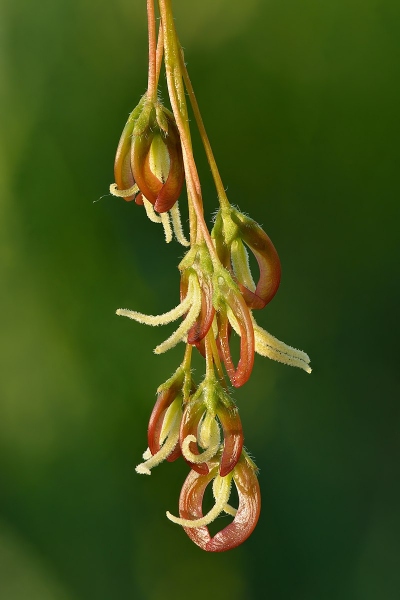
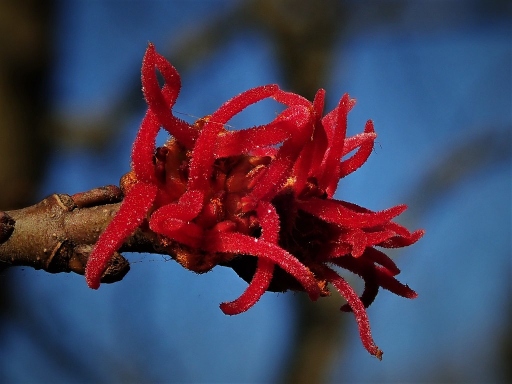
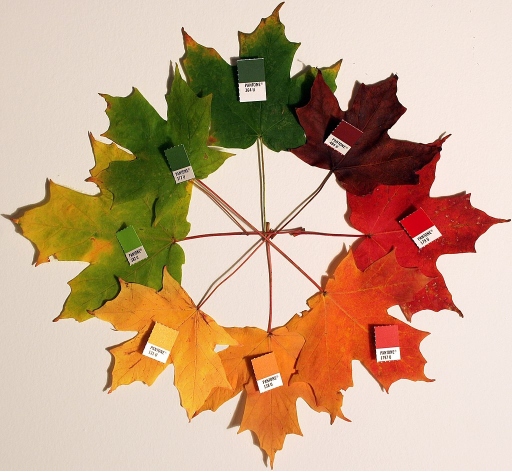
Maples are known for their striking fall colors. Many species are planted for ornamental uses, particularly the Norway maple, silver maple, Japanese maple, and red maple. Aceretums are collections specifically of maples; there is one at the Harvard University arboretum. Maples contribute to “leaf watching traditions” such as sugar maples in fall in North America and in Japan, where the custom of watching maples change color is called omijigari.
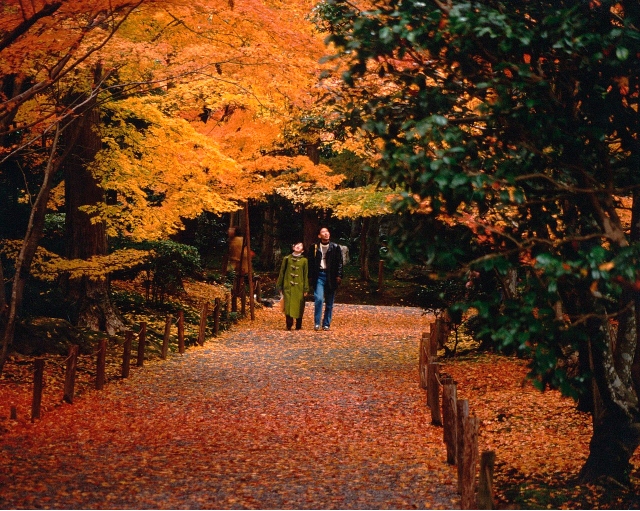
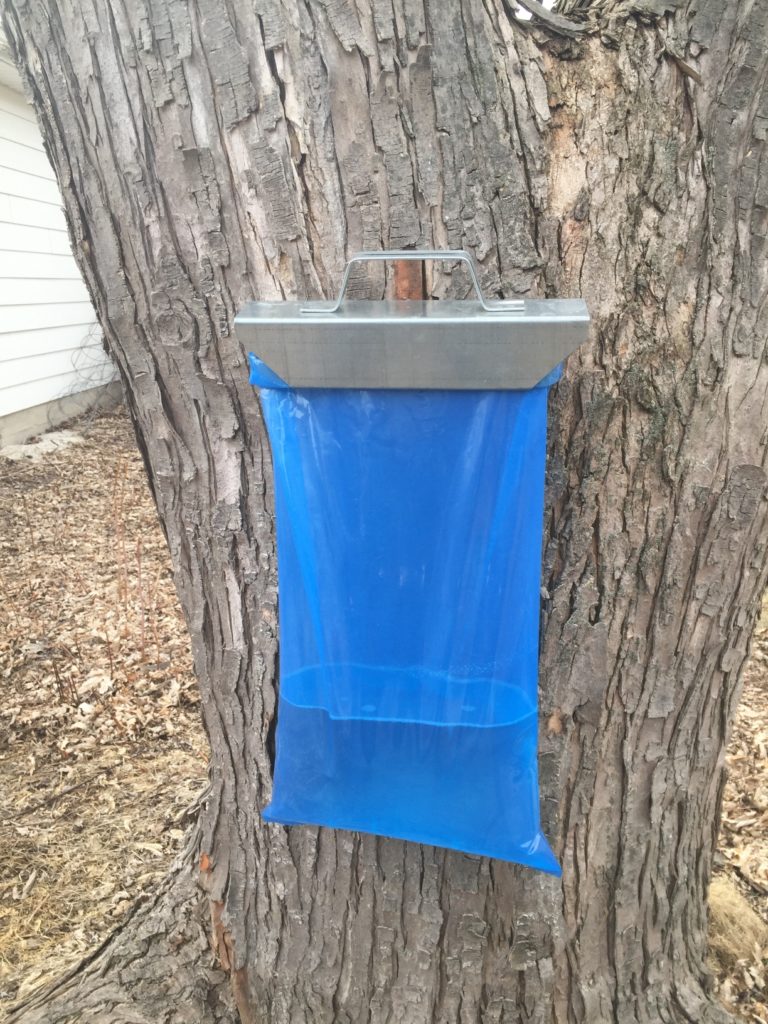
Maple syrup is a staple made from the sap of some species during early spring. Sugar tapping and houses can be quite extensive, with multiple taps and tubes connected through the woods to a sugar house where the sap is boiled significantly to concentrate it into the syrup that ends up on shelves. It takes 40 liters of the sap to make 1 liter of the syrup. Though the sugar maple is the most popular tree for this use, followed by the black maple due to their high sugar content, other maples with lower sugar content or more cloudy syrup can be used like sycamore maple, mountain maple, bigleaf maple, redleaf maple, and boxelder maple.

The sugar maple is native to eastern Canada and U.S. hardwood forests where it is a keystone species playing a major role in the forest ecology. It needs cold winters with a hard freeze to enable dormancy; the seeds germinate only when just slightly above freezing which no other tree species is known to do. It is one of the most shade tolerant large deciduous trees meaning it can germinate under a closed canopy and hang out for a while until the canopy opens up. Its roots draw water up from lower in the soil which benefits the tree and surrounding plants. The seeds, after soaking, can be boiled, seasoned, and roasted for a snack; the young leaves and inner back are also edible.

Maple wood is also useful: Dried wood is used for food smoking; hardwood species are used for sturdy items like butcher blocks, bowling pins, baseball bats and so on as well as furniture and decorative pieces. It’s also considered a tonewood meaning it carries sound well and is thus used to make musical instruments such as drums, guitar necks, and string instruments.

Horse Chestnuts
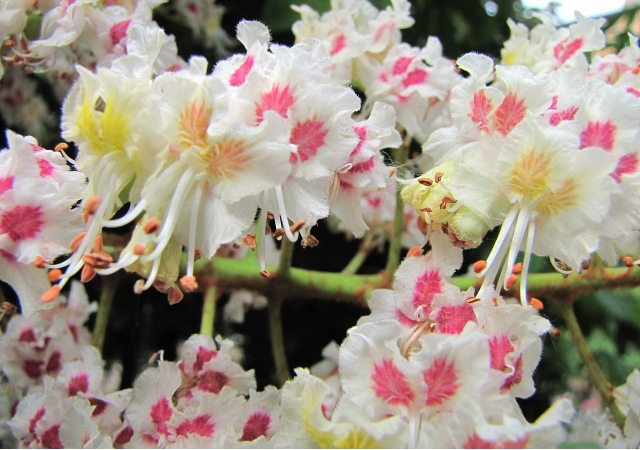
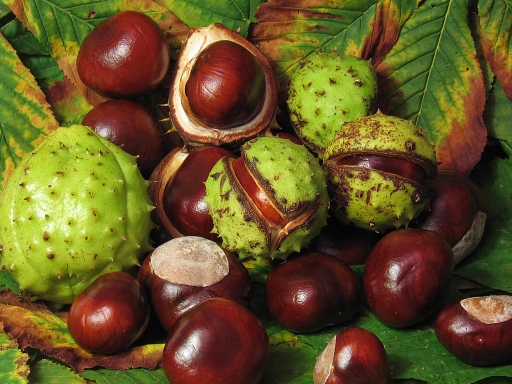
This family also includes buckeye and horse chestnuts. The trees and their many hybrids are popular ornamentals along streets and parks throughout the temperate world, especially because of their pretty flowers. The seeds are used to play conkers in the UK.
In closing, I leave you with a goofy poem, much like this goofy family of plants.
The Horse Chestnut Fairy My conkers, they are shiny things, And things of mighty joy, And they are like the wealth of kings To every little boy; I see the upturned face of each Who stands around the tree: He sees his treasure out of reach, But does not notice me. For love of conkers bright and brown, He pelts the tree all day; With stones and sticks he knocks them down, And thinks it jolly play. But sometimes I, the elf, am hit Until I’m black and blue; O laddies, only wait a bit, I’ll shake them down to you! Cicely Mary Barker (1895-1973)


